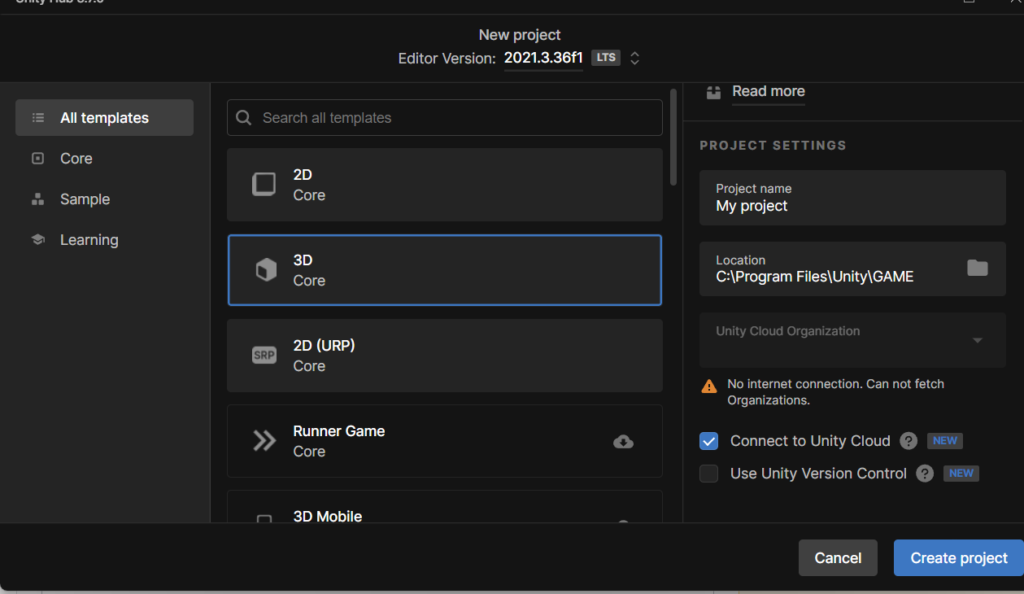Fetch and Axios are two widely used libraries in Next JS. These are used to handle network requests to increase the efficiency and functionality of web applications.
Fetch is a modern API for making network requests on web browsers and Node JS environments. It provides a better alternative for XMLHttpRequest object for fetching resources from servers. Today’s web browsers have built-in Fetch functionality and don’t need any additional Library.
Axios is a useful javascript tool that allows you to request data from your website and server. Axios is based on Promise, a powerful way of handling tasks that require time, such as getting information from other servers. Axios also provides several tools to manage these tasks.
Fetch Vs Axios
Fetch and Axios are common libraries of Next JS used to handle network requests. Fetch and Axios have some differences mentioned below:
| Fetch | Axios |
|---|---|
| 1. Fetch provides a simple interface for making HTTP requests, making it easy to use without additional libraries. | 1. Axios offers a user-friendly API for processing requests over the internet. It’s easy to access or send data to a web server, resulting in more concise code. |
| 2. Fetch returns Promises, keeping clean asynchronous Code to handle errors and responses. | 2. Axios is also promise-based, it keeps your code organized and maintains the order of tasks. |
| 3. Fetch does not support interceptors. It requires manual implementation for tasks like responses or requests. | 3. Axios support interceptors, allowing you to handle your responses and requests easily. |
| 4. Fetch can work in Browser and Node JS environments properly, which helps in the versatile development of Web and server applications. | 4. Axios is also compatible with the browser and Node.js environments, making it better for client-side and server-side. |
| 5. Fetch is a built-in API in today’s Browsers, that helps in reducing overhead and eliminating external dependencies. | 5. Axios needs an additional library for server-side rendering in Node.js, which can add to the overhead. |
| 6. Fetch requires manual handling or the use of a middleware to handle CORS | 6. Axios automatically handles CORS in the background, making it easy to work with APIs. |
| 7. Fetch allows working with responses as streams, making it easy to handle large files. | 7. Axios does not offer any support for streamable responses. |
| 8. Fetch only provides basic error handling mechanisms, but more robust error handling requires additional effort. | 8. Axios offers robust error handling mechanisms, including HTTP status code error. |
| 9. Fetch lacks in extensive documentation and third-party plugins as compared to Axios. | 9. Axios support with extensive documentation and third-party plugins, which simplify your tasks. |
Fetch Vs Axios: Which is Better?
Choosing Between Fetch and Axios depends upon your browser. If you are working on New browsers, you can go with Fetch due to the built-in functionality of Fetch in new browsers.
If you are working on old browsers then you can go with Axios, due to the compatibility of Axios with old browsers.
Read More: Fix EE Website Not Working Issue




